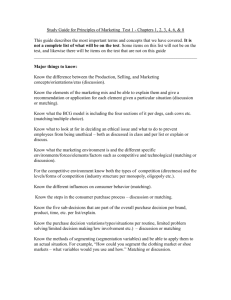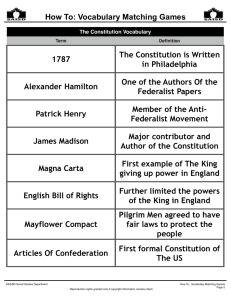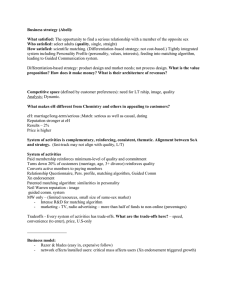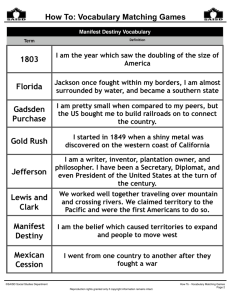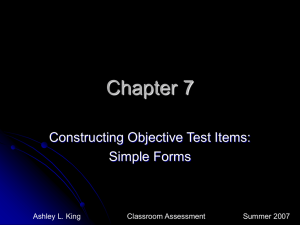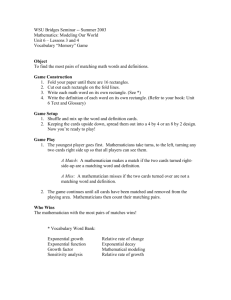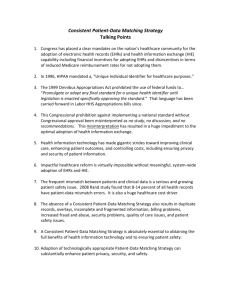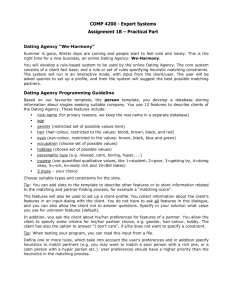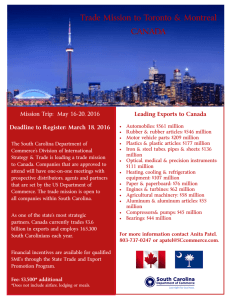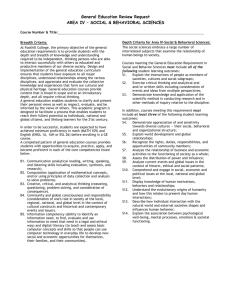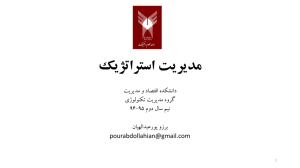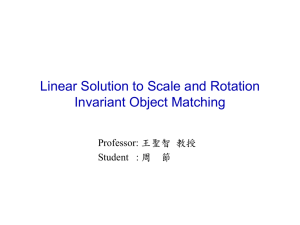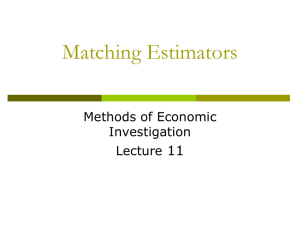Study Guide for Marketing Management Test 1
advertisement
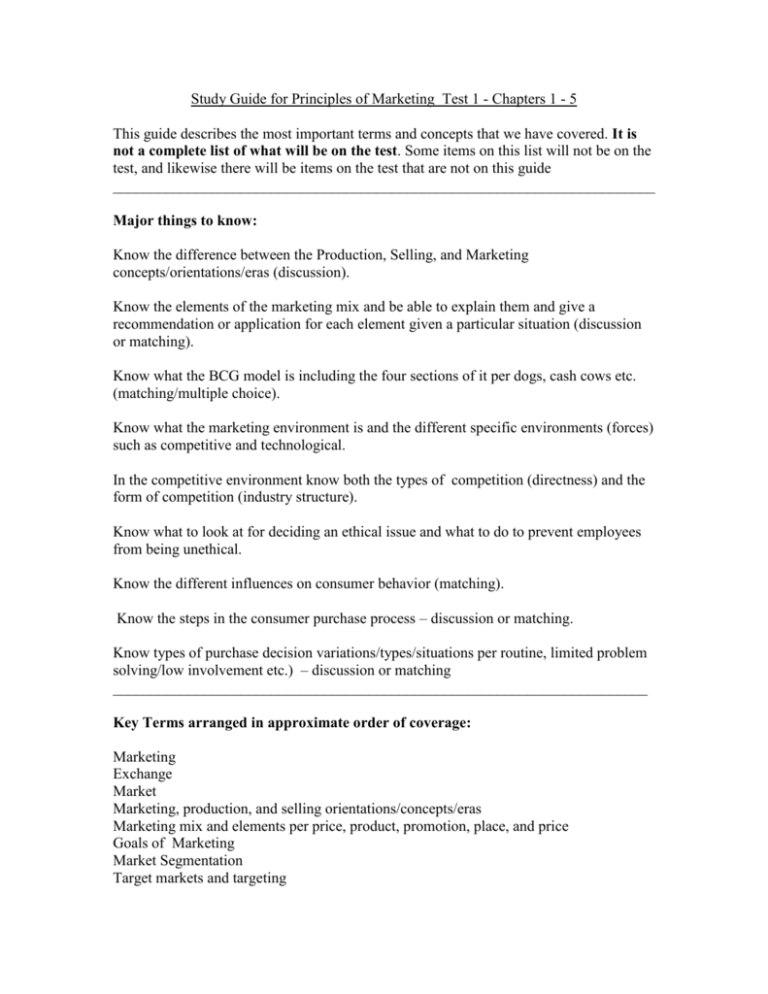
Study Guide for Principles of Marketing Test 1 - Chapters 1 - 5 This guide describes the most important terms and concepts that we have covered. It is not a complete list of what will be on the test. Some items on this list will not be on the test, and likewise there will be items on the test that are not on this guide ________________________________________________________________________ Major things to know: Know the difference between the Production, Selling, and Marketing concepts/orientations/eras (discussion). Know the elements of the marketing mix and be able to explain them and give a recommendation or application for each element given a particular situation (discussion or matching). Know what the BCG model is including the four sections of it per dogs, cash cows etc. (matching/multiple choice). Know what the marketing environment is and the different specific environments (forces) such as competitive and technological. In the competitive environment know both the types of competition (directness) and the form of competition (industry structure). Know what to look at for deciding an ethical issue and what to do to prevent employees from being unethical. Know the different influences on consumer behavior (matching). Know the steps in the consumer purchase process – discussion or matching. Know types of purchase decision variations/types/situations per routine, limited problem solving/low involvement etc.) – discussion or matching _______________________________________________________________________ Key Terms arranged in approximate order of coverage: Marketing Exchange Market Marketing, production, and selling orientations/concepts/eras Marketing mix and elements per price, product, promotion, place, and price Goals of Marketing Market Segmentation Target markets and targeting Strategy Market plan Competitive advantage/moat BCG model and parts per cash cow, dog, star, and question mark Marketing environment Social, economic, competitive, technological, regulatory, and competitive forces/environments Direct, indirect, and general purchase power competition Monopoly, oligopoly, monopolistic competition, and pure competition Ethics, marketing ethics, ethical exchanges, and ethical issues Consumer behavior, problem recognition, information search, internal and external sources of information, alternative evaluation, evaluative criteria, consideration set, purchase decision and act including the five sub-decisions brand, product, quantity, source, and timing, post-purchase evaluation and behavior, and cognitive dissonance. Psychological influences, needs/wants, motives, perception, attitudes, personality, lifestyle, self concept/image Social cultural influences, culture, sub-culture, social class, reference groups, opinion leaders, family life cycle, Routine, low involvement/limited problem solving, and high involvement extended problem solving purchase decisions. Discussion questions will be graded in accordance with the expectations and instructions contained in the document “Student Guide to Answering and Grading of Discussion Questions and Writing Assignments” and as well as those given on the test.
